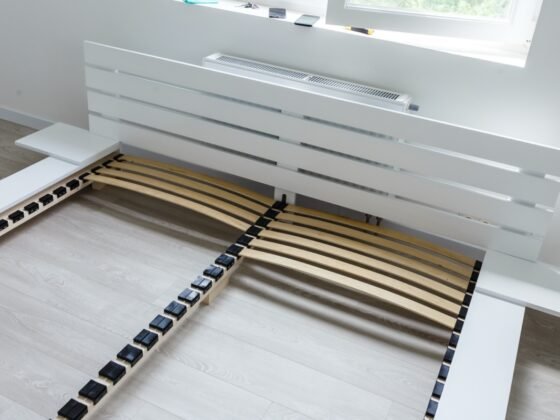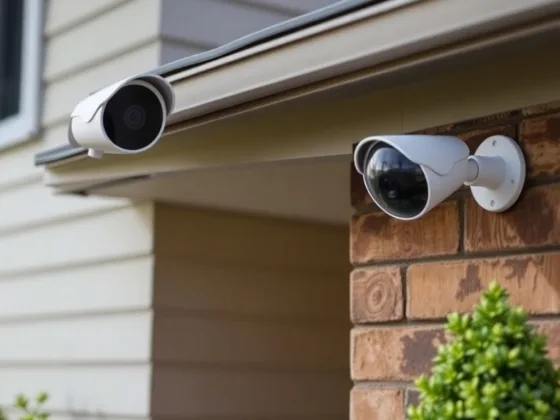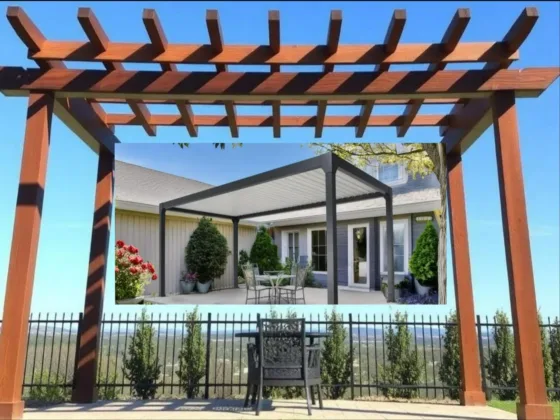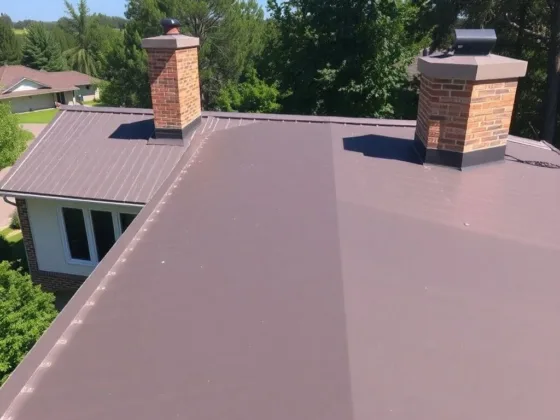Table of Contents Show
If you search for a treatment of your window with a blend of versatility, elegance, and functionality, there is nothing better than cellular shades. You can also refer to them as cellular honeycomb shades because of their honeycomb shapes.
Maybe you don’t have or have not information about such items; this article is here to cushion you with comprehensive know-how on how to choose cellular shades.
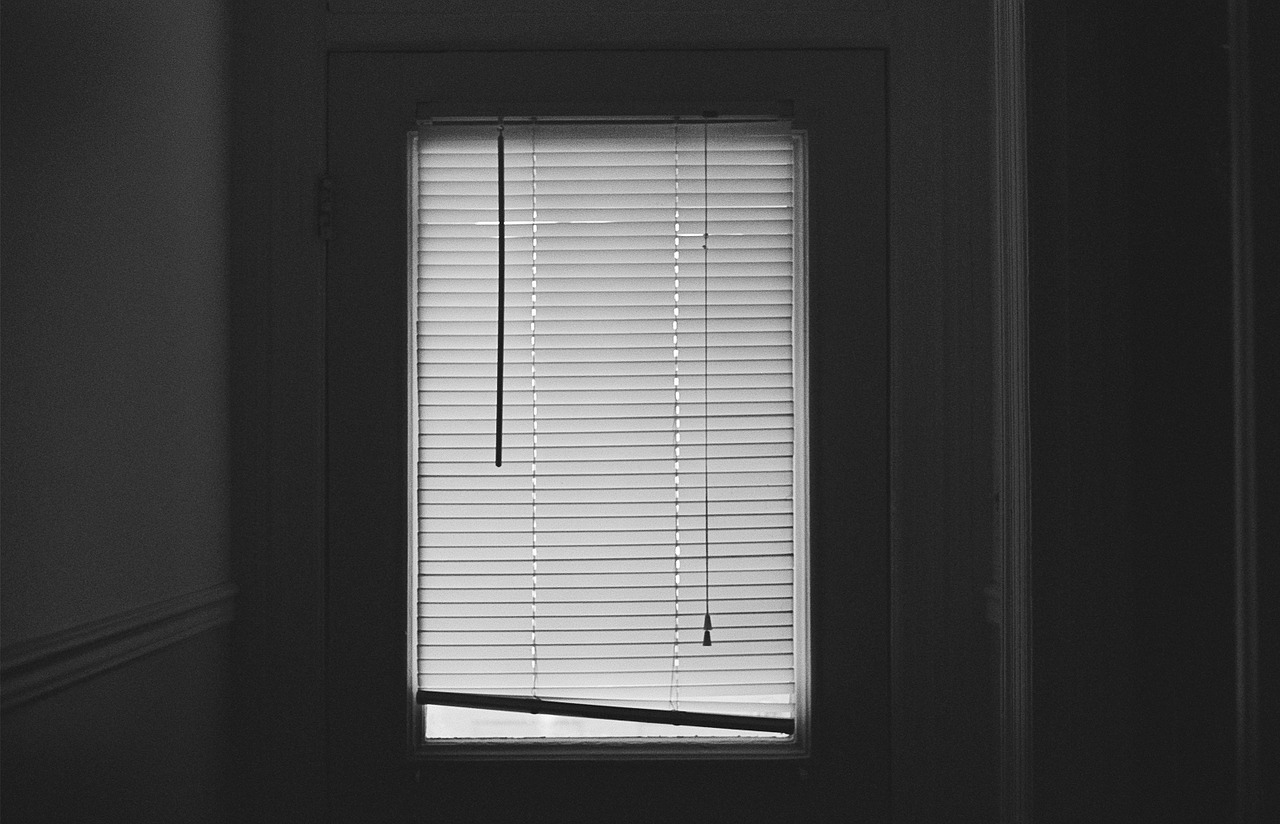
They are incredible with and an additional touch of class and grace to your surroundings. Their unique structure makes them ideal for energy-efficient treatments of your windows.
Read Also:
What is a Cellular Shade?
This type of window treatment with shades featuring one continuous fabric can fold up or roll-up. They come in different sized-pleats, light control, and color options, i.e., sheer and blackout. They play all the above parts while ensuring the maximum insulation level due to their honeycomb shapes for air pockets.
Honeycomb shape is responsible for trapping air and develops a layer between the exterior and interior parts of your home. The trapped air is in charge of reducing hot air that leaves the house during the winter seasons. Let us now get into an in-depth discussion on how to choose cellular shades.
How to Choose Cellular Shades Steps By Steps Guide
Step One: Choosing Between a Single Cell and Double Cell
Cellular shades come with honeycomb structures that make them energy efficient through air cells or pockets. The air cells develop an insulation layer between your house’s ambient temperature and the window.
They exist in either single or double compartments. Therefore, you need to choose based on your room’s temperature and your pocket/budget.
Double cells are always pricier than single ones, and therefore, apart from the price, you should also consider which one might be suitable for your case. If you live in hot or cold areas, it is advisable to go for double cell cellular shades. This cellular shade will cut some cooling and heating costs.
On the other hand, single cellular shades are ideal for moderate environments since the temperature is standard or slightly change.
Step Two: Considering Opacities
This is usually the light amount entering the room through the shade. Concerning window treatments, there exist four options for opacities, i.e., opaque, semi-opaque, semi-sheer, and sheer. Unlike other blinds, you can find cellular shades in all the above four shapes.
This means that you may decide to install different shades in your rooms to meet your interests. For example, if you need maximum lighting in your place, you should buy sheer cellular shades. But if you wish to have a gentle light filtration, you will have to install semi-sheer cellular shades.
On the other hand, opaque is for blackouts or darkening the room. Sometimes you may need the full dark in the house, and therefore, this is your choice. Semi-opaque is restorable for medium-light filtration.
Therefore, remember to choose, depending on your light control preferences. Opaque cellular shades are the best for a total room darkening.
Step Three: Deciding on the Three Different Cellular Shade Options
You will find different options for cellular shades in the market with different designs. The most common options include; top-down-bottom-up, motorized, and cordless.
If you are looking for combined window treatments for light, privacy, insulation, and curbing outside view, then top-down-bottom-up remains a perfect choice for you. These are the most advisable shades to install in your home because of its easy to use design; pulling down one side leaves the bottom open.
This feature allows light to penetrate the house without interfering with your sight. This essential privacy option is ideal for bathrooms and other rooms that you may need total privacy but still need natural light.
Cordless cellular shades, on the other hand, abolish dangling cords that can result in a strangulation problem for children and pets. This is an essential feature to consider before buying cellular shades.
Lastly, under this section are motorized cellular shades. They operate automatically by allowing you to lower or raise it through remote control. Therefore if you are a premium lover, consider this type; it is also the best despite its cost and maintenance.
Step Four: Addressing Different Needs of Night and Day
Day-Night cellular is famous for addressing the varying needs of a house at different periods of a day. During the night, you automatically don’t need natural light, but on occasions where you need to control direct ultraviolet rays from the sun. You need these type of cellular control such activities.
Step Five: Choose the Suitable Pleat Size
Cellular shades exist in different sizes in the market to fit various rooms, windows, or doors. Some of the size you may expect to meet; 7/16”, 3/8”, ½,” ¾,” and 9/16”. These sizes are actual because of different brands with different versions in pleat sizes.
Under this step, you need to have correct measurements of your window to prevent over-side or under-size situations.
Frequently Asked Questions
Is It Possible to Install Double Cell Cellular Shades In a Large Window?
Sometimes, double cell cellular shades might be too heavy for a large window to operate normally. It can cause cord strain and some bowing as a result of its weight. Therefore, why don’t you consider installing lighter cell cellular shades and leave double cells for small and medium windows?
Should I Buy a Shade or Blind?
Buying a shade or blind that fits the shape of your window is essential. There are mainly rectangular and square-shaped windows. Therefore, if you have such windows, go for shades and blinds of your choice.
Conclusion
From the above discussion, it is clear that making the best choice on cellular shades entirely depends on your intentions or preferences. The above step by step guides should guide you on choosing the right cellular shade for your home. Ensure that you identify all needs and purposes that these shades need to serve.
There are different types of fabrics that you can get for window treatments to ensure maximum room coverage.

